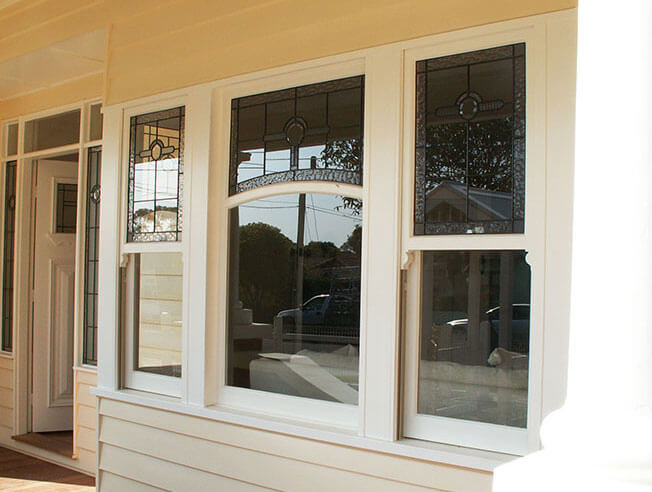All Categories
Featured
Table of Contents
Double Glazing Windows - The Best Installers In The Uk ... in Alfred Cove Perth
Glazing simply implies the windows in your house, including both openable and set windows, in addition to doors with glass and skylights. Glazing in fact just implies the glass part, however it is typically utilized to refer to all aspects of an assembly consisting of glass, movies, frames and home furnishings. Taking note of all of these aspects will help you to attain effective passive style.

Energy-efficient glazing makes your home more comfy and significantly decreases your energy costs. Nevertheless, unsuitable or inadequately developed glazing can be a major source of undesirable heat gain in summer and significant heat loss and condensation in winter season. Approximately 87% of a house's heating energy can be acquired and as much as 40% lost through windows.
What Are Double Glazed Windows? in West Leederville Western Australia
Glazing is a significant investment in the quality of your house. The expense of glazing and the expense of heating and cooling your house are closely associated. An initial investment in energy-efficient windows, skylights and doors can greatly decrease your yearly heating and cooling costs. Energy-efficient glazing likewise minimizes the peak heating and cooling load, which can lower the required size of an air-conditioning system by 30%, causing further cost savings.

This tool compares window selections to a base level aluminium window with 3mm clear glass. Understanding some of the key residential or commercial properties of glass will help you to select the finest glazing for your home. Secret homes of glass Source: Adapted from the Australian Window Association The amount of light that goes through the glazing is called noticeable light transmittance (VLT) or visible transmittance (VT).
Save Energy With Double Glazed Windows in Samson Western Australia
This may lead you to turn on lights, which will result in higher energy costs. Conduction is how readily a product carries out heat. This is known as the U value. The U worth for windows (revealed as Uw), explains the conduction of the whole window (glass and frame together). The lower the U value, the greater a window's resistance to heat flow and the much better its insulating worth.
If your home has 70m2 of glazing with aluminium frames and clear glass with a U worth of 6. 2W/m2 C, on a winter's night when it is 15C chillier outside compared with inside your home, the heat loss through the windows would be: 6. 2 15 70 = 6510W That is equivalent to the overall heat output of a big space gas heating system or a 6.
Which Type Of Glass Is Best For Energy Efficiency? - A&l Windows in Cottesloe Western Australia

If you choose a window with half the U value (3. 1W/m2 C) (for example, double glazing with an argon-filled space and less-conductive frames), you can cut in half the heat loss: 3. 1 15 70 = 3255W The solar heat gain coefficient (SHGC) for windows (expressed as SHGCw) measures how readily heat from direct sunlight streams through an entire window (glass and frame together).
The lower a window's SHGC, the less solar heat it transmits to the house interior. The actual SHGC for windows is affected by the angle that solar radiation strikes the glass.
Best Way To Block Sun Heat From Windows [Professionally] in Gwelup WA
When the sun is perpendicular (at 90) to the glass, it has an angle of incidence of 0 and the window will experience the maximum possible solar heat gain. The SHGC declared by glazing producers is constantly computed as having a 0 angle of incidence. As the angle increases, more solar radiation is shown, and less is transferred.
Table of Contents
Latest Posts
Buy Double Glazed Upvc Sliding Doors In Sydney in Bertram Perth
Does Double Glazing Reduce The Heat In Brisbane's Summer? in Darlington Perth
Double Glazed Windows Sydney in Merriwa Western Australia
More
Latest Posts
Buy Double Glazed Upvc Sliding Doors In Sydney in Bertram Perth
Does Double Glazing Reduce The Heat In Brisbane's Summer? in Darlington Perth
Double Glazed Windows Sydney in Merriwa Western Australia